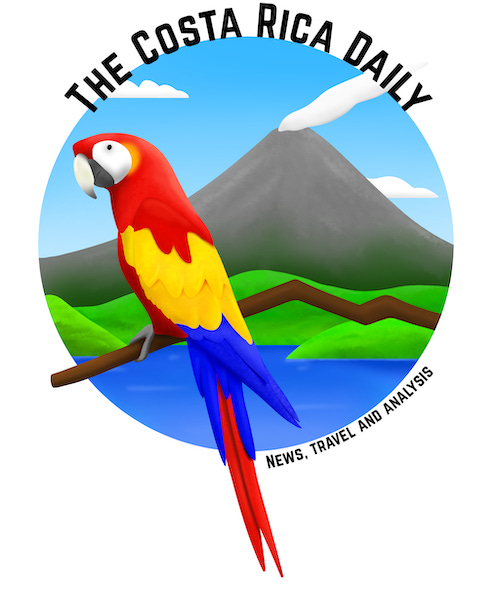Shake it up: Earthquakes and Costa Rica
Costa Rica averages 350 earthquakes per month.
Stay in Costa Rica long enough, and chances are you’ll experience an earthquake.
The National Emergency Commission says Costa Rica averages 350 quakes a month, or about 12 per day. Most, thankfully, are imperceptible.
Earthquakes occur along fault lines, cracks in Earth's crust where tectonic plates meet. Costa Rica lies close to or on several of these boundaries — the Caribbean Plate, the South American Plate, the Cocos Plate and the Nazca Plate. Most earthquakes in Costa Rica result from the subduction of the Cocos Plate.
When an earthquake occurs, Ticos flood social media with posts tagged #TemblorCR. Often, they’ll share this video as a humorous reminder to stay calm:
While the vast majority of earthquakes in Costa Rica are minor or moderate, several stronger quakes have caused significant damage (and deaths). Here are a few notable examples:
Cartago (1910): A magnitude 6.4 quake destroyed the city of Cartago, which was then Costa Rica’s capital. Hundreds died.
Limón (1991): A magnitude 7.7 quake killed 48 and damaged infrastructure throughout the Caribbean. It’s the strongest earthquake in Costa Rica’s recorded history.
Cinchona (2009): A magnitude 6.1 quake in northern Costa Rica and the Central Valley killed dozens and caused a landslide near La Paz waterfall, a popular tourist attraction. The above video shows the reaction in San José as this earthquake occurred.
Nicoya Peninsula (2012): A magnitude 7.6 quake destroyed houses on the Nicoya Peninsula and damaged other infrastructure, including the so-called Backstab Bridge.

Models indicate Costa Rica could experience up to a magnitude 8.3 earthquake, but “since no events with such magnitude have ever been recorded in Costa Rica,” the models may be slightly overestimating seismic potential.
Given how many earthquakes Costa Rica experiences each year, it’s perhaps fortunate that the list of truly destructive events has remained short.
The country has also prepared well for the eventuality. After the 1910 earthquake, then-President Ricardo Jiménez Oreamuno banned construction with adobe, a popular (but highly vulnerable) building material. And since 1974, Costa Rica has maintained a well-regarded building code.
Rest assured, the country’s soccer stadium can survive a major earthquake!
What to do during an earthquake
First and foremost, remain calm. Next:
If you are indoors: Get under a desk or table and hang onto it, or move into a hallway or against an inside wall. Stay clear of windows and heavy furniture.
If you are outside: Get into the open, away from buildings, power lines, and anything else that might fall on you.
If you are driving: Stop carefully. Move your car as far out of traffic as possible. Do not stop on or under a bridge or overpass or under trees, light posts, power lines, or signs. Stay inside your car until the shaking stops.
If you are in a mountainous area: Watch out for falling rock, landslides, trees, and other debris that could be loosened by quakes.
If you are near the ocean: Follow recommendations from local authorities, and heed tsunami-alert sirens. Follow posted evacuation routes to higher ground if necessary.
Instructions modified from the U.S. Geological Survey.
Support The Costa Rica Daily
Thank you to everyone who has donated to support our work!
The Costa Rica Daily is 100% free — and 100% ad-free. We can only exist with your support:


